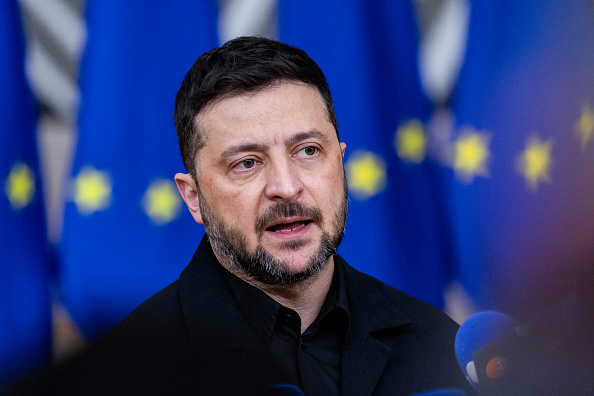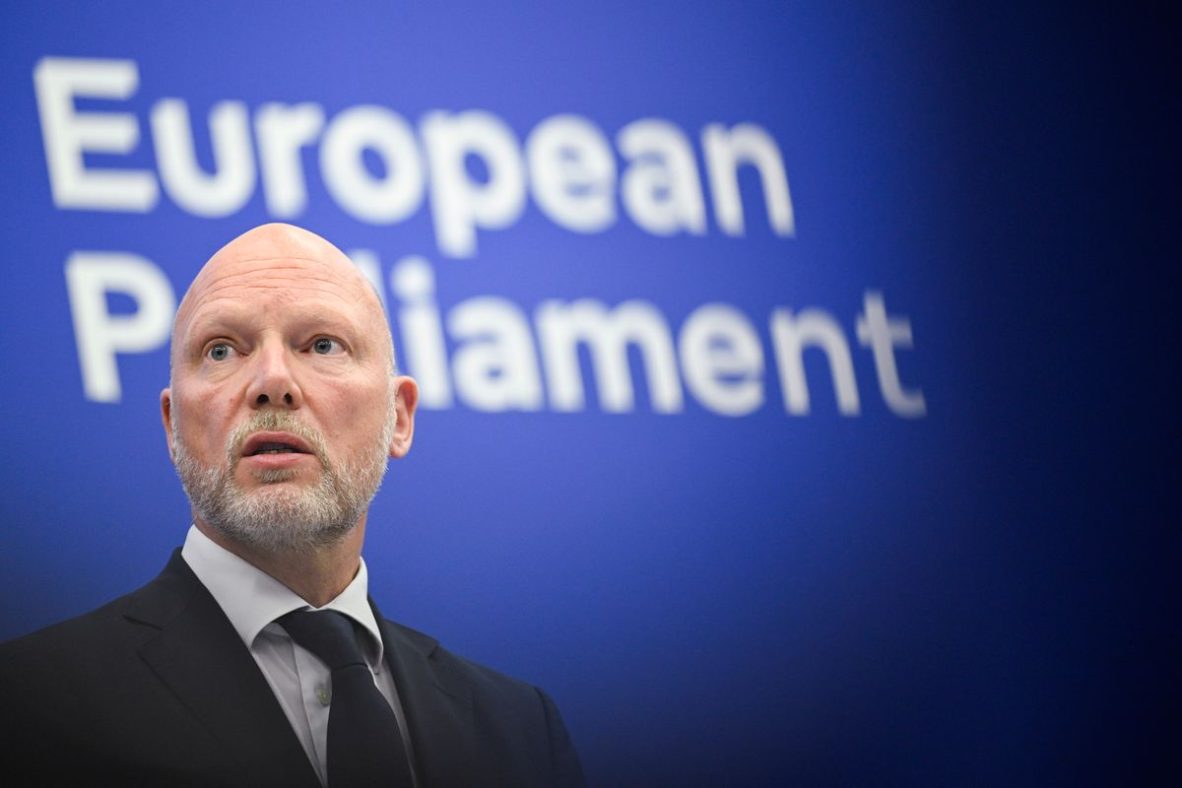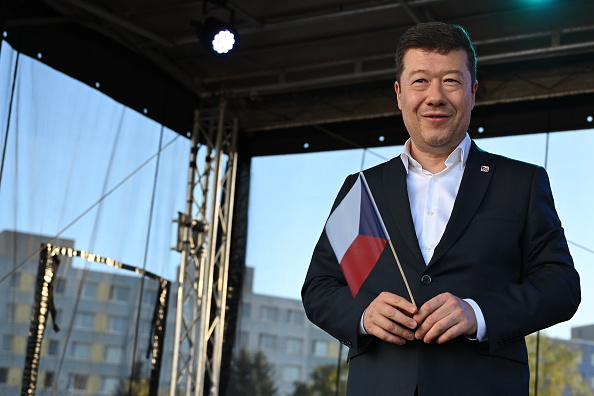Safeguarding Cohesion in a Competitive Europe: Hungary’s Vision
Cohesion Summit II provides a platform to explore how Europe can balance competitiveness and solidarity in the next EU budget, highlighting Hungary’s vision for safeguarding cohesion funds, empowering regions, and ensuring that prosperity is shared across all parts of the Union.

Cohesion policy has long been a cornerstone of the European Union’s efforts to promote economic, social, and territorial convergence among Member States. By targeting investment in less-developed regions, cohesion funding not only addresses disparities but also fosters a sense of European solidarity. As the EU looks ahead to the next MFF, the protection and effective deployment of cohesion resources have become a central concern for policymakers.
Hungary’s position on the post-2027 reform of EU cohesion policy emphasizes refinement rather than radical change, with any modifications remaining voluntary for Member States. Hungary also stresses that national proposals reflecting local needs must be considered. A well-functioning cohesion policy is essential to address economic disparities and facilitate the smooth integration of future Member States, as it is emphasised by Bernadett Petri in the Hungarian EU Presidency 2024 volume. Accordingly, Hungary supports the involvement of candidate countries in these consultations. Finally, Hungary maintains that the framework of cohesion policy and the allocation of funds should continue to be guided by economic development indicators, with GDP per capita remaining a key measure in determining priorities and funding distribution. This aligns with the views of the “cohesion-friendly” group of countries, including Hungary, that supports the maintenance of the real value of the cohesion budget as it is stressed by Tibor Navracsics.
Competitiveness and EU funds
Within the European Union’s funding system, there are two main types of financing: funds under shared management – such as the Cohesion and the Common Agricultural Policy funds, which are pre-allocated to Member States and implemented through national programmes – and funds under direct management, which are administered centrally by the European Commission and distributed through EU-level calls for proposals.
The EU leads in sectors like pharmaceuticals, luxury goods, and advanced manufacturing, driven by its skilled workforce, research strength, and innovation focus. However, growing inequalities and competitiveness challenges call for a growth model that balances economic strength with social cohesion, as it is highlighted in the Budapest Declaration. To restore global influence, the EU aims to boost investment, entrepreneurship, and innovation. Yet, these capital-heavy strategies often favor major cities, deepening regional gaps.
Figure 1: NUTS2 regions receiving Horizon Europe funds. Source: edited by János Matuz based on data from Eurostat and R&D Country Profile, RTD Cordia BI Reporting, 18 September 2025.
As shown on the map above, a centralization is particularly evident in the allocation and use of directly managed EU funds supporting innovation: between 2021 and 2024, the top 20 NUTS2 regions received 53% of the total Horizon Europe funding, while the remaining 230 regions shared the residual 47%. Notably, none of the top 20 regions are located in Member States that joined the EU after 2004. Overall, Horizon Europe allocated a total of €38.9 billion during this period, highlighting a concentration of resources in a relatively small number of regions and underscoring the importance of policies aimed at supporting cohesion and reducing regional disparities across the Union. Therefore, protecting cohesion policy remains essential to ensure that all regions, including less developed areas, benefit from EU investments and equal opportunities across Europe’s diverse regional landscape.
Research is an essential element of competitiveness, and while the debate around the next EU Research and Framework Programme (FP10) is still ongoing, Hungary endorses a strong, independent, and well-funded FP10 that strengthens European competitiveness while remaining inclusive and flexible. Hungary highlights the need to close the EU’s innovation gap by ensuring inclusiveness and equal participation opportunities for all countries and integrating “Widening” measures across all programme components in FP10. These actions strengthen the cohesive value in directly managed EU programmes.
Safeguarding Cohesion Funds in the next MFF
One of the central debates shaping the future of EU regional policy is the structure of the next long-term budget, as it determines how resources are allocated across sectors and regions, directly impacts the scale and effectiveness of cohesion funding. The European Commission’s proposal for the 2028–2034 MFF foresees a €450 billion budget for economic, social, and territorial cohesion and emphasizes ensuring minimum funding for less developed regions.
In the debate on the financial framework, the first move was made by the cohesion-friendly countries that resulted in the Prague Joint Declaration, adopted in May 2024.
At the political level, tensions are also emerging regarding the link between the respect for EU values—including the rule of law and the Charter—and access to EU funding. As highlighted in the Hungarian declaration attached to the Council conclusions on the future of cohesion policy, Hungary maintains that any such linkage should be addressed only in the negotiations on the post-2027 MFF. Minister János Bóka has expressed concerns that the Commission’s draft proposal would merge the resources of the Common Agricultural Policy and Cohesion Policy into a politically conditioned “national plan,” limiting Member States’ access to their allocated funds unless specific requirements are met. He also warned that introducing a new, comprehensive rule-of-law-based conditionality system could allow the suspension of EU programs on political grounds.
Beyond institutional debates, the question of cohesion also has a social and demographic dimension. The “right to stay” principle captures this by emphasizing that people should have real opportunities to live and thrive in their home regions—supported by quality jobs, education, healthcare, and modern infrastructure. Strengthening this right is key to countering depopulation and talent loss in rural and peripheral areas and ensuring that prosperity is shared across all regions, not concentrated only in major urban centres.
Minister Navracsics underlined that competitiveness depends on reducing territorial disparities. While Hungary remains spatially divided, it is achieving rapid convergence. The new “Competitive Districts” programme aims to serve as a development engine by promoting regional cooperation among neighbouring settlements. He also emphasized that successful regional planning requires integrating economic development with accessible transport, healthcare, and education—ensuring that both urban and rural communities benefit from growth.
Cohesion Summit
These are the topics that will be discussed on 21 October 2025 in Budapest at the Cohesion Summit II: What will the next MFF look like? a pivotal event about EU budget, competitiveness and cohesion. Organized by the Europe Strategy Research Institute of Ludovika University of Public Service in partnership with the Hungarian Development Promotion Office. The summit will take place at the iconic Várkert Bazár from 13.30. with livestreaming available after registration. The event promises a forward-looking exploration of cohesion policy under the lens of the upcoming MFF, focusing on how Europe can balance competitiveness and solidarity across its regions.
Edited: Nikoletta Berki







